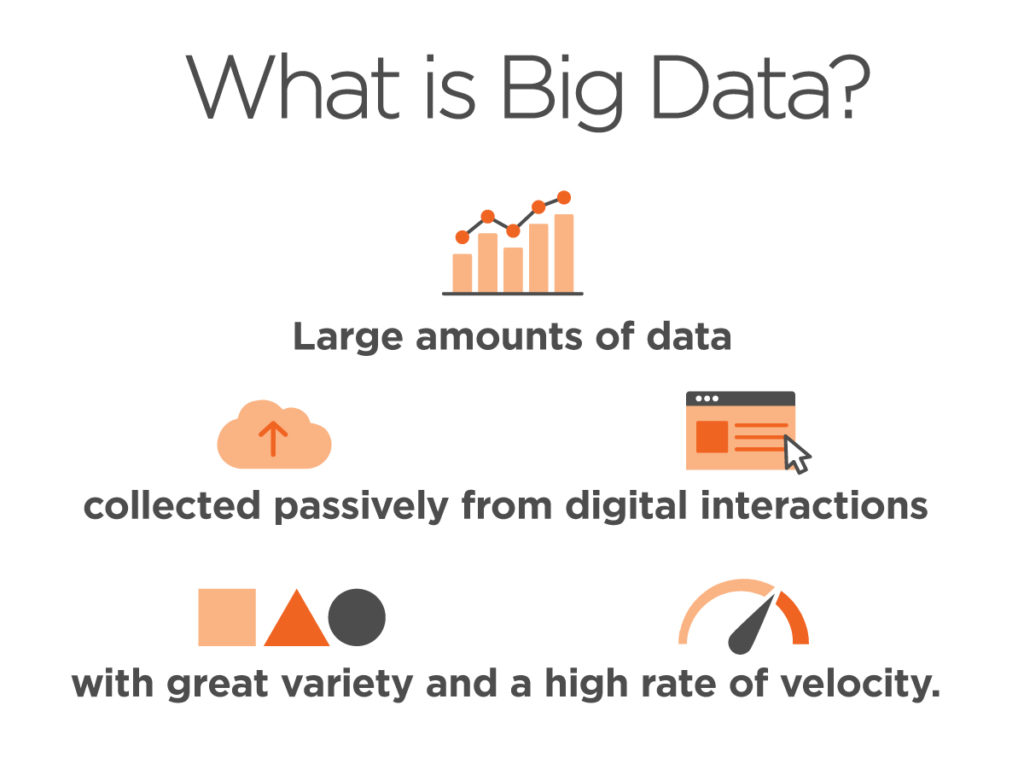Big data has the potential to offer insights into aspects of the lives of women and girls that may be missed by official statistics.

Conventional forms of data, such as surveys, national economic accounts, and institutional records, struggle to capture detailed information on the lives of women and girls. This report explains how big data, from geospatial information to digital transaction logs to records of internet activity, can help close the global gender data gap.
Big Data and the Wellbeing of Women and Girls profiles several groundbreaking approaches to using various kinds of big data to quantify the economic, social, and health status of women and girls. This report features research projects undertaken in three major big data categories—geospatial data, digital exhaust, and records of internet activity.
